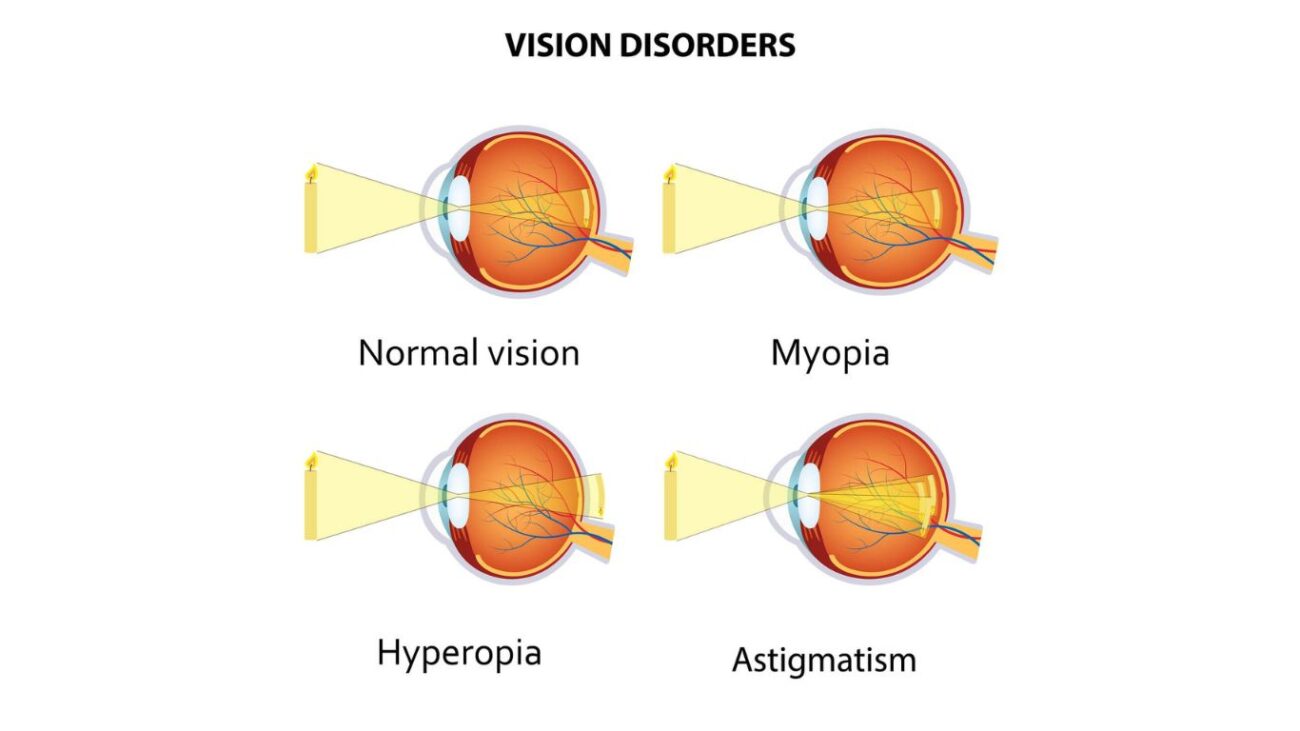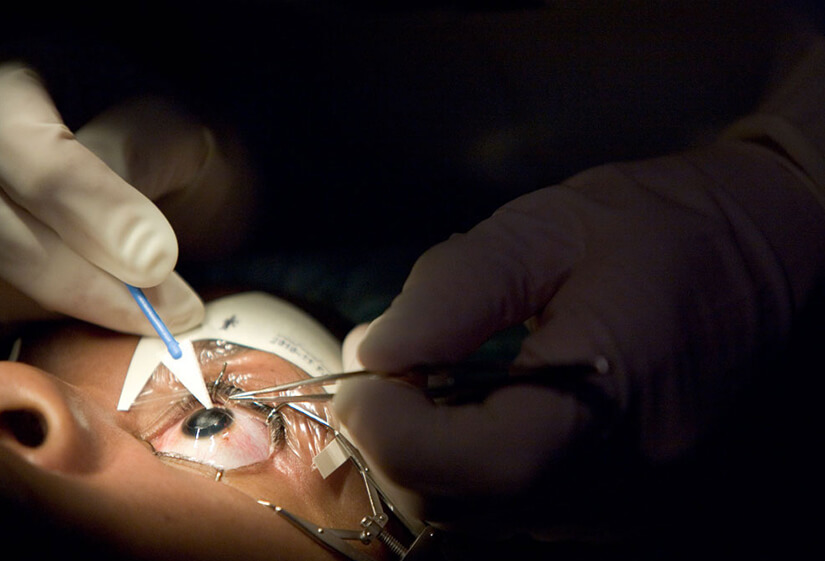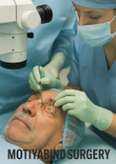Myopia with astigmatism is a common vision condition that affects millions of people worldwide. we will delve deep into understanding myopia with astigmatism, exploring its causes, symptoms, and various treatment options. Whether you have recently received a diagnosis or simply hold a curiosity about this eye condition, this article will offer valuable insights to assist you in better managing and potentially correcting your vision.

What is Myopia with Astigmatism?
Myopia, commonly known as nearsightedness, is a refractive error that occurs when the eyeball is too long or the cornea is too curved. This results in light rays focusing in front of the retina, making distant objects appear blurry. Astigmatism, on the other hand, is a condition where the cornea or lens has an irregular shape, causing light to scatter and leading to distorted or blurry vision at any distance.
When myopia and astigmatism occur together, it is referred to as myopia with astigmatism, which can complicate vision even further. People with this condition may experience difficulty seeing both near and distant objects clearly.
Causes of myopia with astigmatism
Understanding the causes of myopia with astigmatism is crucial in managing the condition effectively. While genetics play a significant role, environmental factors can also contribute. Here are some common causes:
- Genetics: If one or both of your parents have myopia or astigmatism, you are at a higher risk of developing these conditions.
- Excessive Near Work: Spending long hours reading, using digital devices, or doing close-up work can increase the risk of myopia.
- Outdoor Activity: Lack of outdoor time, especially during childhood, has been linked to an increased risk of myopia.
- Eye Health: Certain eye conditions or diseases can contribute to the development of astigmatism, which may exacerbate myopia.
Symptoms
Recognizing the symptoms of myopia with astigmatism is essential for early diagnosis and treatment. Common symptoms include:
- Blurred vision at all distances.
- Difficulty driving, especially at night.
- Eye strain and fatigue.
- Frequent headaches.
- Squinting to see clearly.
- Double vision.
If you experience any of these symptoms, it is crucial to consult an eye care professional for a comprehensive eye examination.
Diagnosis and Treatment
Diagnosing myopia with astigmatism involves a thorough eye examination, which may include:
- Visual Acuity Test: This measures how well you can see at various distances.
- Refraction Test: A refraction test determines the exact prescription needed for corrective lenses.
- Corneal Topography: This maps the surface of your cornea to diagnose astigmatism.
Once diagnosed, there are several treatment options available:
- Prescription Glasses: Eyeglasses with the correct prescription can significantly improve vision for individuals with myopia and astigmatism.
- Contact Lenses: Special toric contact lenses can correct both myopia and astigmatism.
- Orthokeratology: Ortho-K lenses are worn at night to reshape the cornea, providing clear vision during the day.
- Refractive Surgery: LASIK and PRK are surgical options for permanent vision correction.
- Regular Eye Checkups: Routine eye exams are essential to monitor the condition and adjust prescriptions as needed.
Lifestyle Modifications
In addition to corrective measures, adopting certain lifestyle changes can help manage myopia with astigmatism:
- Outdoor Time: Encourage children to spend more time outdoors to reduce the risk of myopia.
- Proper Lighting: Ensure good lighting when reading or using digital devices to reduce eye strain.
- Follow the 20-20-20 Rule: Take a 20-second break to look at something 20 feet away every 20 minutes of screen time.
- Healthy Diet: A diet rich in vitamins and minerals, especially those promoting eye health, can be beneficial.
Author Details:
Dr. Sushruth Appajigowda holds a prominent position as a Cornea, Cataract, Glaucoma, and LASIK Surgeon in Bangalore. He serves as the chief Cataract and Refractive surgeon at Vijaya Nethralaya Eye Hospital, Nagarbhavi Bangalore. Renowned as one of the finest LASIK surgeons nationwide, he brings with him over 12+ years of experience across multiple LASIK platforms, including ZEISS, ALCON, SCHWIND, AMO, and Bausch and Lomb. Having successfully conducted over 5000 LASIK procedures, Dr. Sushruth holds the title of a Certified Refractive Surgeon and a Fellow of the All India Collegium Of Ophthalmology. Furthermore, he stands as a distinguished speaker at various National and International Forums, using his expertise to guide you in selecting the most suitable procedure based on your health requirements.

Conclusion
Myopia with astigmatism is a vision condition that can significantly impact daily life. However, with proper diagnosis and treatment, individuals can enjoy clear and comfortable vision. If you experience any symptoms of myopia with astigmatism, don’t hesitate to seek professional eye care. Regular eye examinations and a healthy lifestyle can go a long way in preserving your precious eyesight.













One thought on “Understanding Myopia with Astigmatism: Causes, Symptoms, and Treatment Options”
Comments are closed.